
Author: Natalie Ng|Updated: 13 May 2025
If you're following a vegan diet and trying to lower your body fat, getting enough protein each day is a smart place to start. While plant-based foods don’t offer the same protein content per serving as animal proteins like whey, there are still plenty of great options. The challenge is knowing which vegan protein sources to pick, how to combine them, and when to eat them for the best results. Fat loss depends on more than just calories. Protein supports muscle mass, keeps you full between meals, and plays a role in improved digestion and metabolism. But with plant protein, it’s not just about quantity—it’s also about variety. Unlike animal proteins, many vegan sources don’t contain all nine essential amino acids on their own. That’s where planning your meals around different plant-based protein sources, like beans, lentils, tofu, brown rice, soy milk, seeds, and vegan protein powders, makes a difference. You’ll also want to be smart about quick fixes like protein powder or snacks made with nut butters, pea protein, or hemp seeds. These can help you hit your daily protein intake without relying too much on sugar or refined grains. And if you're choosing gluten-free or soy-free options, there's still plenty to work with—from wild rice and pumpkin seeds to chia seeds and other legumes. Keep reading to learn seven simple and effective ways to add more vegan protein to your meals, boost your amino acid intake, and support fat loss on a plant-based diet.

Load Up on High-Protein Legumes and Pulses
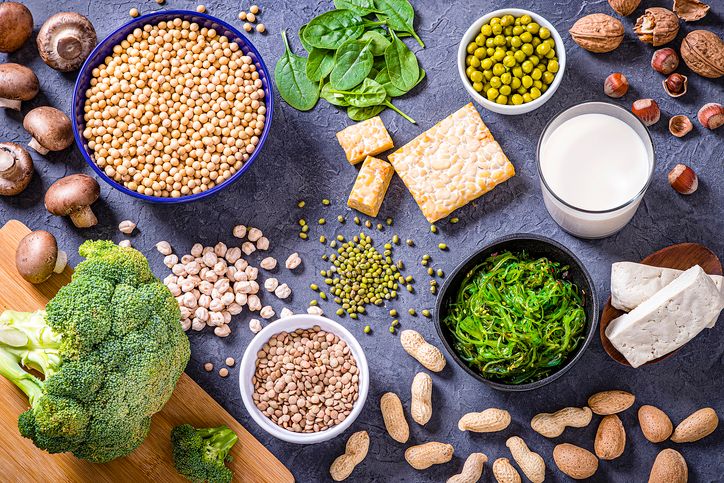
Legumes support daily protein intake on a vegan diet
Lentils, chickpeas, black beans, and other legumes are reliable plant based protein sources. They’re easy to add to most meals and contain about 15 to 18 grams of protein per cooked cup. Along with protein, they also provide fiber, iron, and slow-digesting carbohydrates, which help manage hunger and support body weight goals.
Mix different legumes to boost amino acid intake
No single plant protein provides all nine essential amino acids in the right balance. But by mixing various vegan protein sources across the day—such as lentils at lunch and kidney beans at dinner—you can reach a more complete amino acid profile. You don’t need to combine them in the same dish. Instead, focus on variety across your meals.
Batch-cook to stay consistent
Cooking legumes in bulk at the start of the week makes it easier to eat enough protein without relying too much on processed foods or added sugar. Keep cooked beans and lentils in the fridge in separate containers so you can quickly add them to salads, wraps, soups, or grain bowls with wild rice or brown rice. Roasted chickpeas also work as a portable, protein-rich snack.
Legumes not only offer a great source of vegan protein—they also support improved digestion, are gluten free, and fit easily into a whole-food plant based diet.

Incorporate Plant-Based Protein Powders Strategically
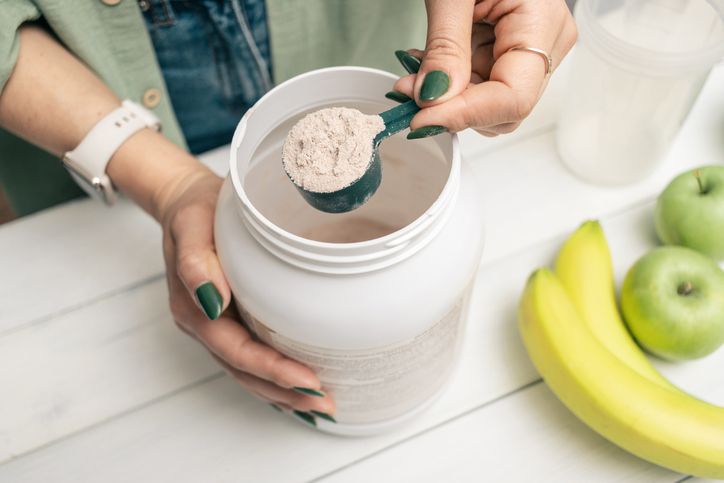
Support your diet with convenient protein supplements
Whole plant foods should form the base of your meals, but adding vegan protein powders can help fill in gaps—especially after workouts or on busy days. These powders deliver high protein content per serving without much preparation. Options like pea protein, rice protein, and hemp protein typically provide 15 to 25 grams of protein per scoop.
Use smoothies to improve absorption and flavor
Blending your protein powder into smoothies is one of the simplest ways to increase your daily protein intake. Combine your chosen powder with soy milk, frozen fruit, spinach, and nut butters for a balanced meal. This method also lets you sneak in more essential fatty acids, vitamins, and minerals. Avoid powders with added sugar or artificial sweeteners. Stick to simple ingredient lists and mix your powders with natural plant based sources like bananas or oats.
Time your intake around training and morning meals
Your body absorbs protein most efficiently within 30 minutes of finishing a workout. This is the best time to use vegan protein powders to help muscles recover and rebuild. If you're skipping breakfast or pressed for time, a quick shake in the morning can also provide a strong start to your day.
Combine powders to improve amino acid variety
Single-source powders, like rice or pea protein, may lack a complete amino acid profile. You’ll get better results by choosing blends that include multiple plant protein sources. Look for labels that mention complete protein or combine options like pea protein with brown rice or soy protein to support your body’s needs.
Vegan protein powders are a practical way to meet your daily protein intake, especially when used alongside plant foods like seeds, legumes, and grains. They support fat loss, improve energy, and help you stay full between meals.
Read More
Book Now to Experience
S6 Body Sculpting Treatment
1 Minute Self-Registration
Date should not be before minimal date

Space Out Your Meals and Protein Portions
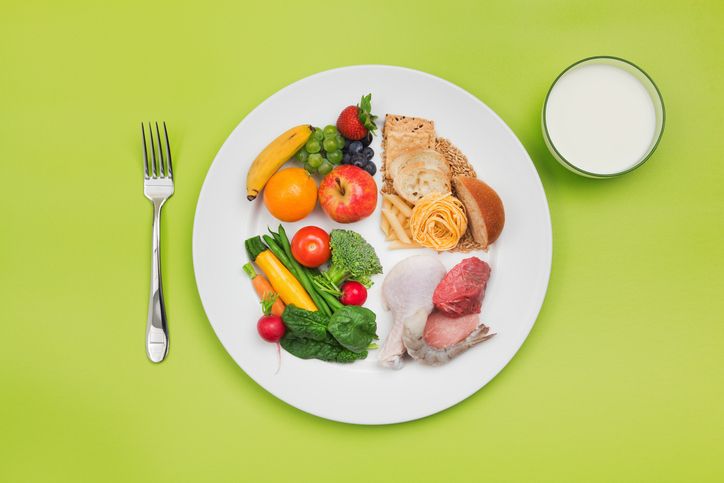
Spread protein intake evenly across your day
To support fat loss and muscle maintenance on a vegan diet, it helps to divide your daily protein intake into smaller, consistent portions. Instead of eating most of your protein at dinner, aim to include around 20 to 30 grams of protein per meal. This gives your body a steady supply of amino acids and supports muscle repair throughout the day.
Eat every 3 to 4 hours to stay energized
Eating protein-rich meals every 3 to 4 hours helps regulate hunger and supports stable energy levels. It also improves your ability to absorb protein effectively. This kind of meal timing benefits anyone on a plant based diet, especially during fat loss, when it's important to preserve muscle.
Start with a high-protein breakfast—such as tofu scramble with wild rice or chia seeds with soy milk and nut butters—within an hour of waking. Follow this with 3 to 4 more meals spaced throughout the day. You can also include snacks made with plant based protein sources like tempeh, seeds, or vegan protein shakes.
Balance your plate with smart portions
A practical rule is to fill one-quarter of your plate with a solid vegan protein source, such as seitan, lentils, or chickpeas. Another quarter should include grains like quinoa or brown rice, while the remaining half should be colorful vegetables. This approach helps control calories while still hitting your protein goals.
Meal timing and balanced portions help your body absorb nutrients efficiently, manage cravings, and support your training efforts—especially when paired with complete protein combinations and the right plant based foods.

Choose Protein-Rich Snacks Throughout the Day
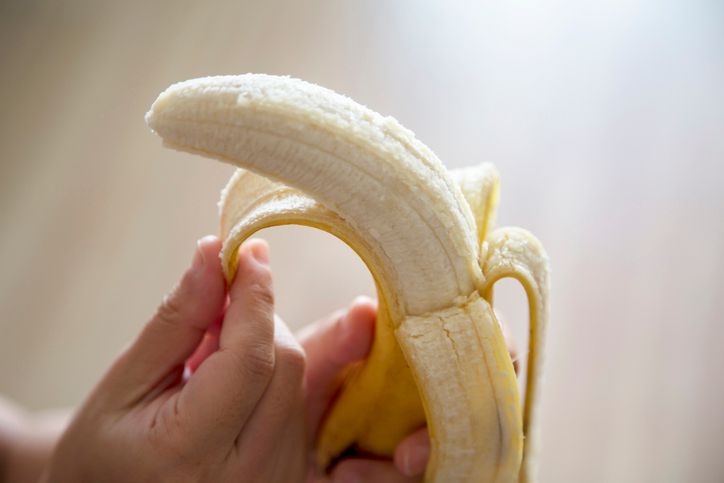
Support your protein intake between meals
Snacking is an easy way to keep your protein levels steady throughout the day—especially before and after exercise. The right snacks help fill in any gaps and support muscle recovery without needing a full meal. Aim for snacks with plant based protein sources like nuts, seeds, legumes, or vegan protein powder.
Pre-workout snacks for sustained energy
Before training, focus on snacks that combine protein with complex carbohydrates. This supports energy levels without causing a sugar crash. A banana with almond butter, roasted chickpeas, or trail mix with pumpkin seeds and dried fruit are all good choices. You can also blend a light smoothie with soy milk, frozen berries, and a scoop of pea protein powder. Try to eat 30 to 45 minutes before your workout for the best results.
Post-workout snacks for muscle recovery
After exercise, choose snacks rich in amino acids to help rebuild muscle tissue. Try pairing sprouted grain toast with smashed white beans and avocado, or grab a few energy balls made from dates, hemp seeds, and vegan protein powder. Edamame pods, homemade protein bars, or marinated tempeh strips also work well. Eat within 30 minutes after training to take full advantage of your body’s recovery window.
Snacks are a flexible way to increase your daily protein intake, especially when made from high-protein plant foods. They help you meet your nutrition goals while supporting steady energy, recovery, and improved digestion.
Book Now to Experience
S6 Body Sculpting Treatment
1 Minute Self-Registration
Date should not be before minimal date

Boost Protein Content With Nutritional Yeast and Seeds
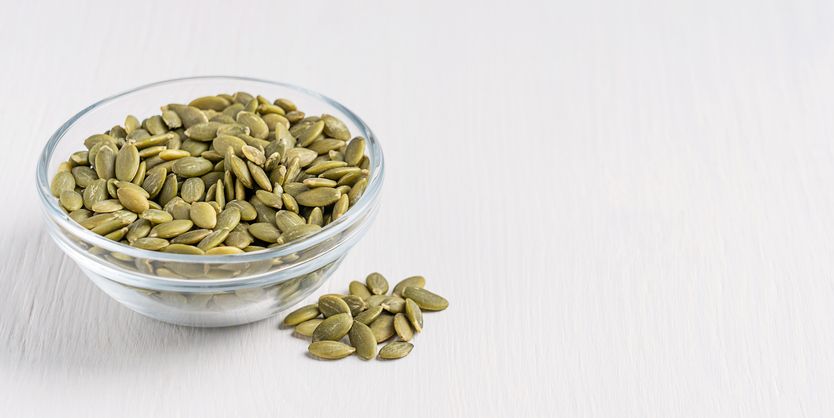
Use simple add-ons to increase protein in meals
Nutritional yeast and seeds are easy to sprinkle onto meals and make a noticeable difference in your protein intake. These ingredients work well across a variety of dishes and don’t require cooking, which makes them useful for both quick meals and snacks.
Nutritional yeast adds flavor and protein
Nutritional yeast—often called "nooch"—offers around 8 grams of protein per quarter cup. It also supplies B vitamins and has a natural cheesy flavor. It’s a simple way to raise the protein content of your food without using animal proteins. Add it to pasta, popcorn, mashed potatoes, or roasted vegetables for extra taste and nutrients.
Seeds offer complete protein and healthy fats
Pumpkin seeds contain about 9 grams of protein per ounce, while hemp seeds provide around 10 grams per 3 tablespoons and include essential fatty acids. Chia seeds are also a good source of protein and fiber. These seeds help you reach your daily protein intake while supporting other health benefits like improved digestion and steady energy.
You can blend seeds into smoothies, sprinkle them on oatmeal, mix them into sauces, or bake them into homemade snacks. These additions boost both the protein content and texture of your meals. Using seeds and nutritional yeast consistently helps maintain variety in your vegan diet while covering important nutrients like essential amino acids and plant based protein.

Combine Plant Proteins for a Complete Amino Acid Profile
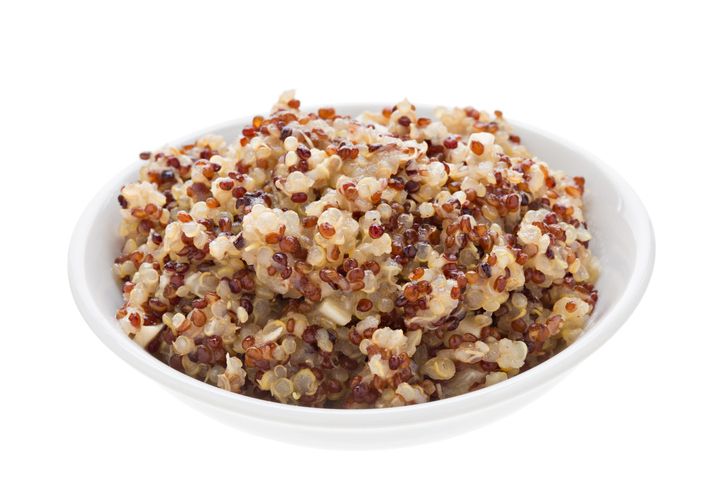
Pair plant proteins to get all essential amino acids
Unlike animal proteins, many vegan protein sources don’t offer all nine essential amino acids in the right balance. But by combining different plant foods across your meals, you can create a complete protein source without needing animal products or whey protein.
Classic pairings that work well
Some food combinations work better together to provide a complete amino acid profile. These pairings include:
• Brown rice with black beans
• Whole grain bread with hummus
• Lentils with quinoa
• Corn tortillas with pinto or kidney beans
Each pairing brings together different amino acids that your body needs to build and repair muscle tissue. This is especially important on a vegan diet focused on fat loss, where you want to preserve lean muscle while in a calorie deficit.
Mix combinations across the day, not just in one meal
You don’t need to eat complete protein combinations in every single dish. As long as you include a variety of plant sources throughout the day, your body can piece together the amino acids it needs. Try mixing up your meals—like having chickpeas at lunch and wild rice at dinner—to make sure you're covering all bases.
Combining different plant proteins isn’t complicated. It just requires a bit of variety and planning. This helps ensure you’re getting enough protein with the right amino acid balance to support your health and fitness goals.
Book Now to Experience
S6 Body Sculpting Treatment
1 Minute Self-Registration
Date should not be before minimal date

Use High-Protein Meal Prep to Stay on Track
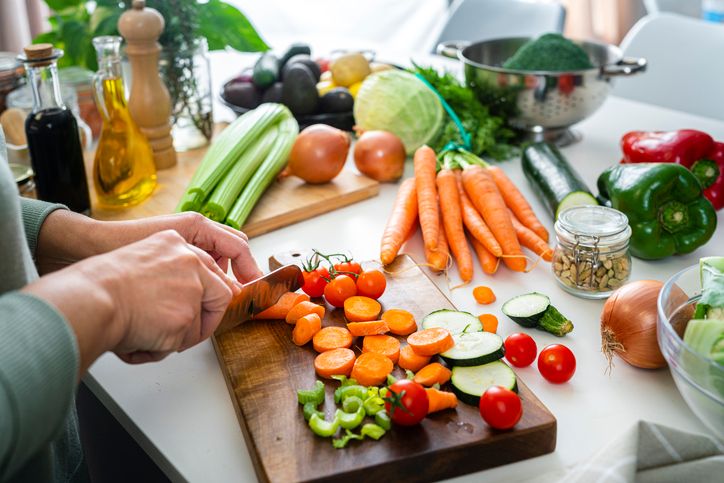
Make plant-based eating easier with prepared meals
Meal prep helps you stick to your nutrition plan, especially when your goal is to increase protein on a vegan diet. It reduces the need for last-minute food choices and keeps protein-rich ingredients ready to go. Focus on preparing meals that include legumes, whole grains, tofu, tempeh, or seitan—all excellent sources of plant protein.
Batch cook legumes for fast meals
Cooking beans, lentils, and other legumes in bulk saves time and makes it easier to hit your daily protein intake. You can store them in the fridge or freezer in individual portions for quick use. Some practical ideas include:
• Lentil and vegetable stew
• Chickpeas for salads, wraps, or hummus
• Mixed bean chili using kidney, black, and pinto beans
These dishes are simple to reheat and pair well with vegetables and grains for balanced meals.
Make seitan from scratch for a dense protein source
Seitan, made from wheat gluten, is one of the most protein-dense plant based foods available. It contains around 75 grams of protein per 100 grams. Making it at home gives you control over ingredients and flavor. Mix vital wheat gluten with water, spices, and nutritional yeast, then knead into a firm dough. Simmer it in broth for about an hour, slice, and use it in stir-fries, sandwiches, or wraps.
Build layered mason jar meals
Mason jars make meal prep simple and portable. Use layering to keep ingredients fresh:
1. Start with a thick dressing like hummus or tahini
2. Add legumes such as chickpeas or edamame
3. Include grains like quinoa or wild rice
4. Finish with leafy greens, seeds, or sliced tofu on top
These jars stay fresh for several days in the fridge and give you balanced meals with enough protein, fiber, and nutrients.
Prepping high-protein meals in advance keeps your diet consistent and removes the stress of deciding what to eat. It also helps you stick with your plant based diet while making sure your protein intake supports your body’s needs.

Bonus Support: How S6 Body Sculpting Treatment Enhances Vegan Fat Loss
Combine your plant-based diet with body contouring for better results
Even with a well-planned vegan diet and enough protein, some areas of body fat can be stubborn. That’s where the S6 Body Sculpting Treatment can help. This non-invasive, non-surgical therapy works alongside your plant-based nutrition by speeding up fat breakdown and tightening skin—especially in areas where fat is harder to lose with diet alone.
What is S6 Body Sculpting Treatment?
The S6 Body Sculpting Treatment uses low-energy bio-laser technology combined with vacuum suction to target subcutaneous fat layers. This laser penetrates deep into the tissue and breaks down fat cells, prompting them to release stored fatty acids. These are then cleared from your body through natural lymphatic drainage. The treatment also boosts collagen production, helping to tighten skin while reducing visible fat.
This method is designed to contour and shape up to seven major body areas, including the belly, arms, waist, thighs, calves, lower buttocks, and back. It’s a suitable option for anyone who wants to support fat loss without surgery or long recovery time.
How it complements your vegan protein-focused fat loss plan
High vegan protein intake supports fat loss by helping maintain lean muscle while in a calorie deficit. But losing fat from targeted areas—like the belly or thighs—can be slow, even with the right plant protein sources and balanced meals. The S6 treatment helps speed up fat cell reduction in these stubborn areas while you continue your plant based diet and meet your daily protein intake from vegan protein powders, legumes, seeds, and soy foods.
At the same time, the treatment helps stimulate metabolism, which works well when combined with a high-protein eating schedule. You’ll get the dual benefit of body shaping and fat cell breakdown, especially when you’re already eating foods rich in amino acids and essential nutrients.
Why S6 Body Sculpting works
• Non-invasive: No injections, no surgery, no medication
• No downtime: Return to work or normal activity right after the session
• Customisable: Focuses on your problem areas with tailored plans
• Safe and comfortable: Suitable for different body types and fitness levels
• Supports plant-based weight goals: Works hand-in-hand with your vegan diet and plant protein habits to shape your body more efficiently
If you’ve been following a vegan fat loss plan and want to take it further, S6 Body Sculpting Treatment is a supportive, low-risk addition to help you reach your goals faster.
Book S6 today to boost your results and target fat in the areas that diet alone can’t fix.
New Beauty's S6 Body Sculpting TreatmentBook Now to Experience
S6 Body Sculpting Treatment
1 Minute Self-Registration
Date should not be before minimal date
FAQ
1. Can I get enough protein on a vegan diet without supplements?
Yes, it’s possible to meet your daily protein intake from whole plant foods without using protein powders. Foods like lentils, tofu, tempeh, soy milk, quinoa, and other legumes offer high protein per serving. However, many people use vegan protein powders like pea protein or rice protein for convenience, especially after workouts or when they’re short on time.
2. Are all plant based protein sources complete proteins?
Most plant protein sources are not complete on their own, meaning they don’t contain all nine essential amino acids in the ideal ratio. Exceptions include quinoa, soy protein, hemp seeds, and chia seeds. To ensure a complete amino acid profile, you can combine different plant based sources throughout the day, such as rice and beans or whole wheat bread with hummus.
3. Will increasing vegan protein help me lose body fat faster?
Eating enough vegan protein supports fat loss by helping you retain lean muscle, stay full for longer, and maintain a steady energy level. While it doesn’t directly cause fat loss, combining protein-rich meals with a calorie deficit and physical activity can lead to better results. Adding support from treatments like S6 Body Sculpting can further enhance visible fat reduction in stubborn areas.
4. Is it better to choose soy protein or pea protein?
Both soy protein and pea protein are great vegan protein sources. Soy protein is a complete protein and rich in essential amino acids. Pea protein is also highly digestible and a good alternative for people avoiding soy or with food sensitivities. Some people rotate between both or use blends that also include rice protein for a more balanced profile.
5. How much protein should the average adult on a vegan diet aim for?
The amount of protein needed depends on your body weight, activity level, and goals. On average, adults should aim for about 0.8 to 1.2 grams of protein per kilogram of body weight. Those focused on fat loss or muscle building may need up to 1.6 to 2 grams per kilogram. Tracking your protein per meal and including a mix of plant based protein sources helps meet these goals effectively.
Recommended Articles
COPYRIGHT© NEW BEAUTY MANAGEMENT LIMITED 2025. ALL RIGHT RESERVED.




